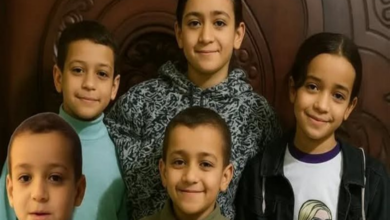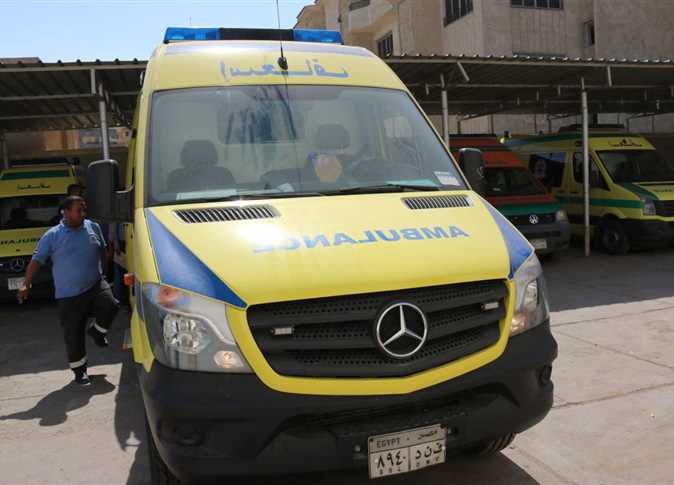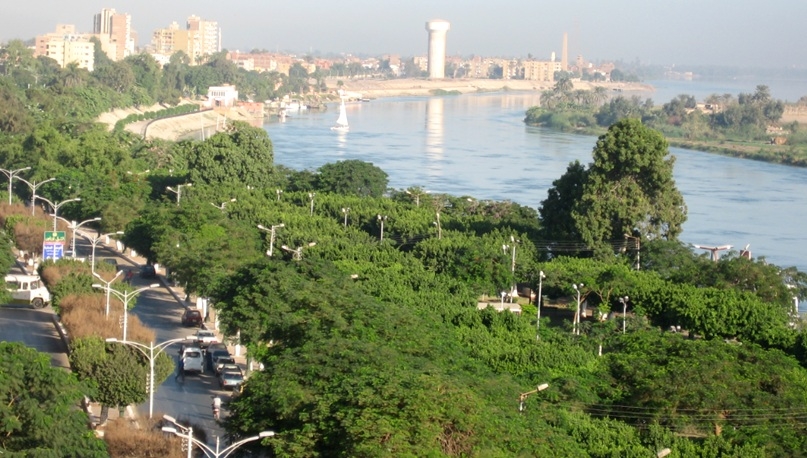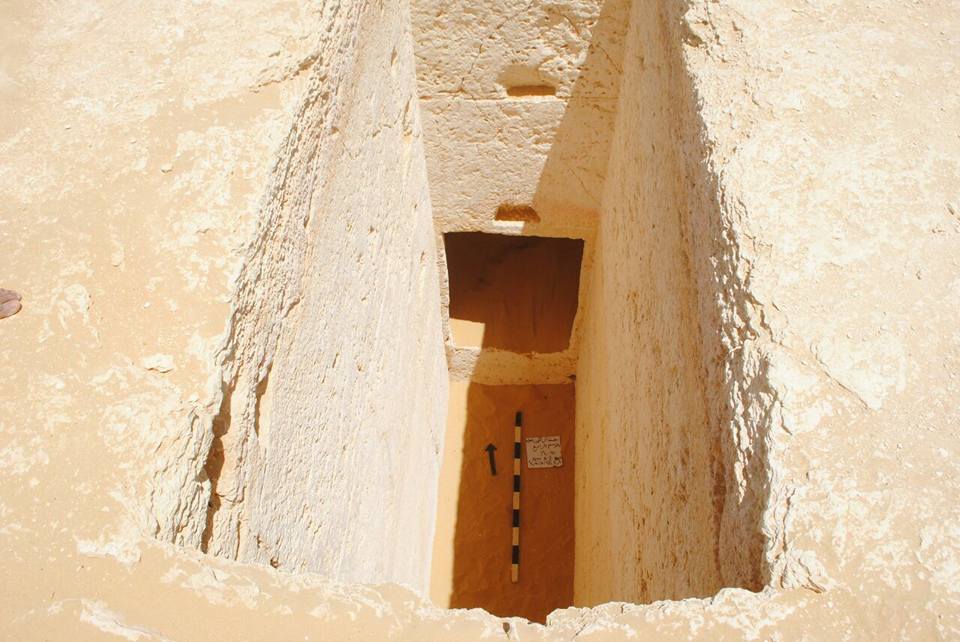
Three tombs from the Ptolemaic era were unearthed during excavation work in the al-Kamin al-Sahrawi area of Minya governorate, the Ministry of Antiquities said in a statement Tuesday.
The discovery was made by an Egyptian archaeological mission from the Ministry of Antiquities working in the south-eastern town, Samalout.
A number of sarcophagi of different shapes and sizes, as well as a collection of clay fragments were discovered, the statement said.
Ayman Ashmawy, head of the ministry’s Ancient Egyptian Sector, said that studies carried out on the clay fragments suggest the tombs are from the 27th Dynasty and the Graeco-Roman era, adding that the discovery is “very important” because it reveals more secrets from the al-Kamil al-Sahrawi archaeological site.
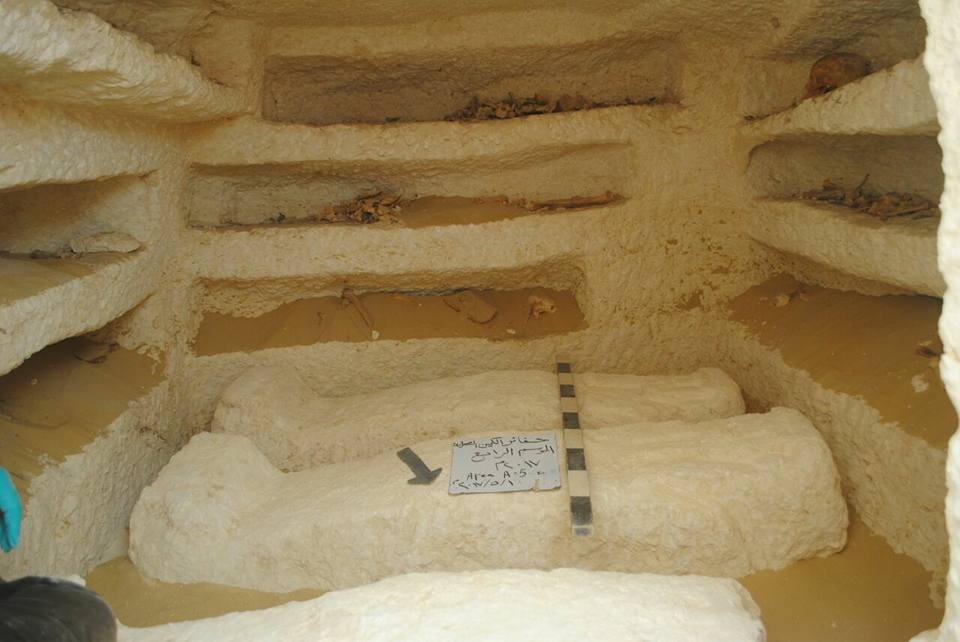
“This fact suggests that the area was a large cemetery over a long period of time,” Ashmawy added.
During previous excavation work, the mission uncovered about 20 tombs built in the catacomb architectural style, prevalent during the 27th Dynasty and the Graeco-Roman era.
The three newly discovered tombs have a different architectural design from the previous ones, head of the excavation mission, Ali al-Bakri, said.
The first tomb was composed of a perpendicular burial shaft engraved in rock and led to a burial chamber containing four sarcophagi with anthropoid lids.
The statement added that nine burial holes were also uncovered at the tombs.
The second tomb consists of a perpendicular burial shaft and two burial chambers. The first chamber is located to the north and runs from east to west, with the remains of two sarcophagi, suggesting that it was for the burial of two people, the antiquities ministry statement said.

A collection of six burial holes was also found among them, one for a small child.
“This was the first time to find a burial of a child at the al-Kamin al-Sahrawi site,” al-Bakry said.
Excavation works at the third tomb have not yet been finished.
Al-Bakry said examination of the bones shows them to be from men, women and children of different ages.
Excavation work started in 2015 when the mission unearthed a collection of five sarcophagi of different shapes and sizes, as well as the remains of a wooden sarcophagus.
The second excavation session dates back to October 2016, five tombs were uncovered then.
Four of them have similar interior designs, while the fifth consists of a burial shaft.

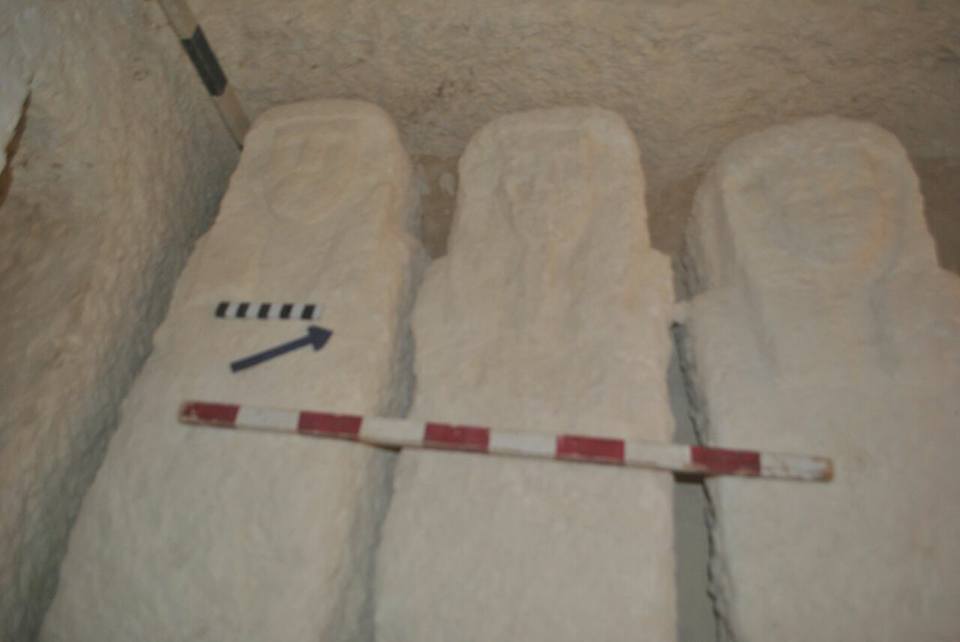
Photos from the Ministry’s of Antiquities Facebook Page.

